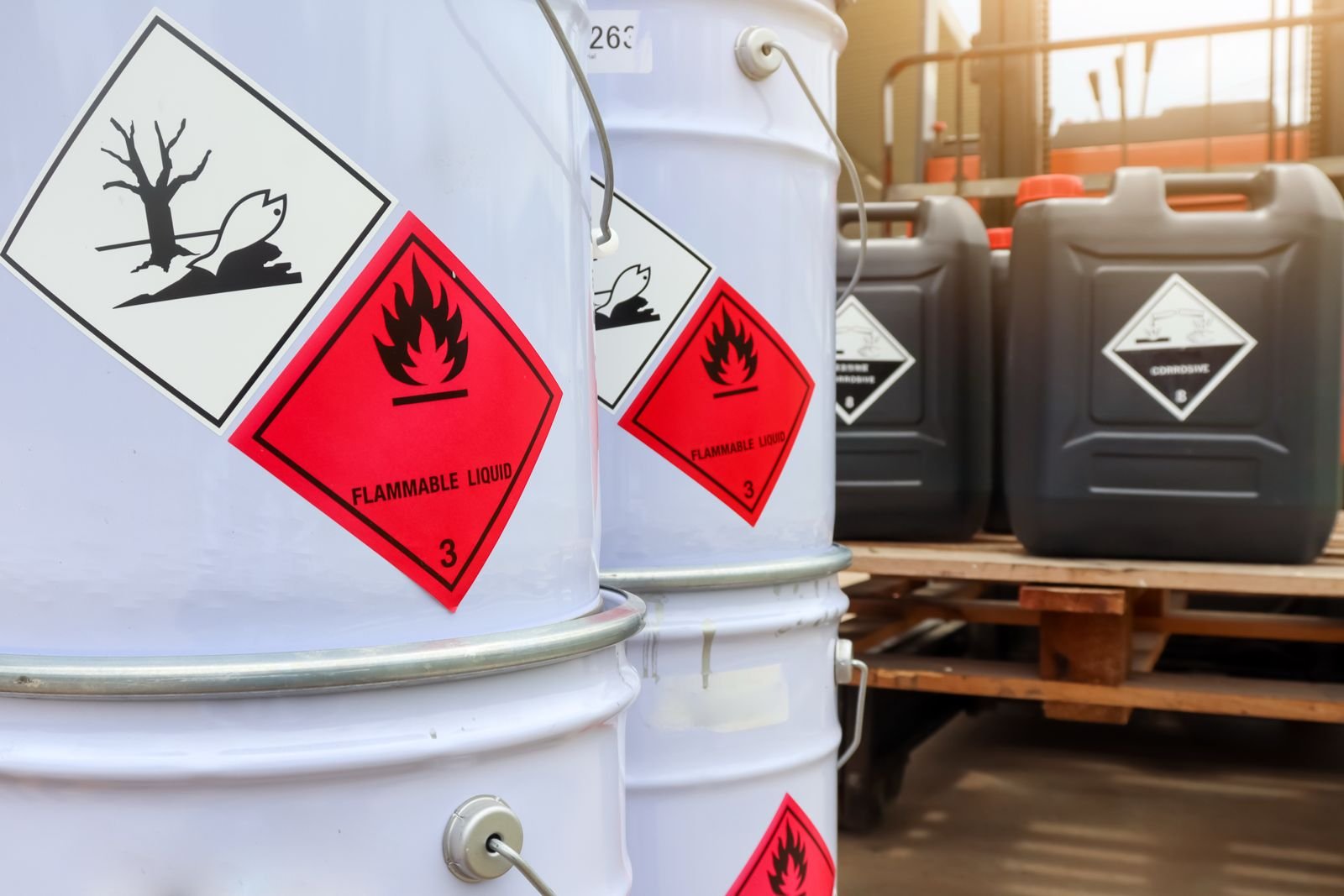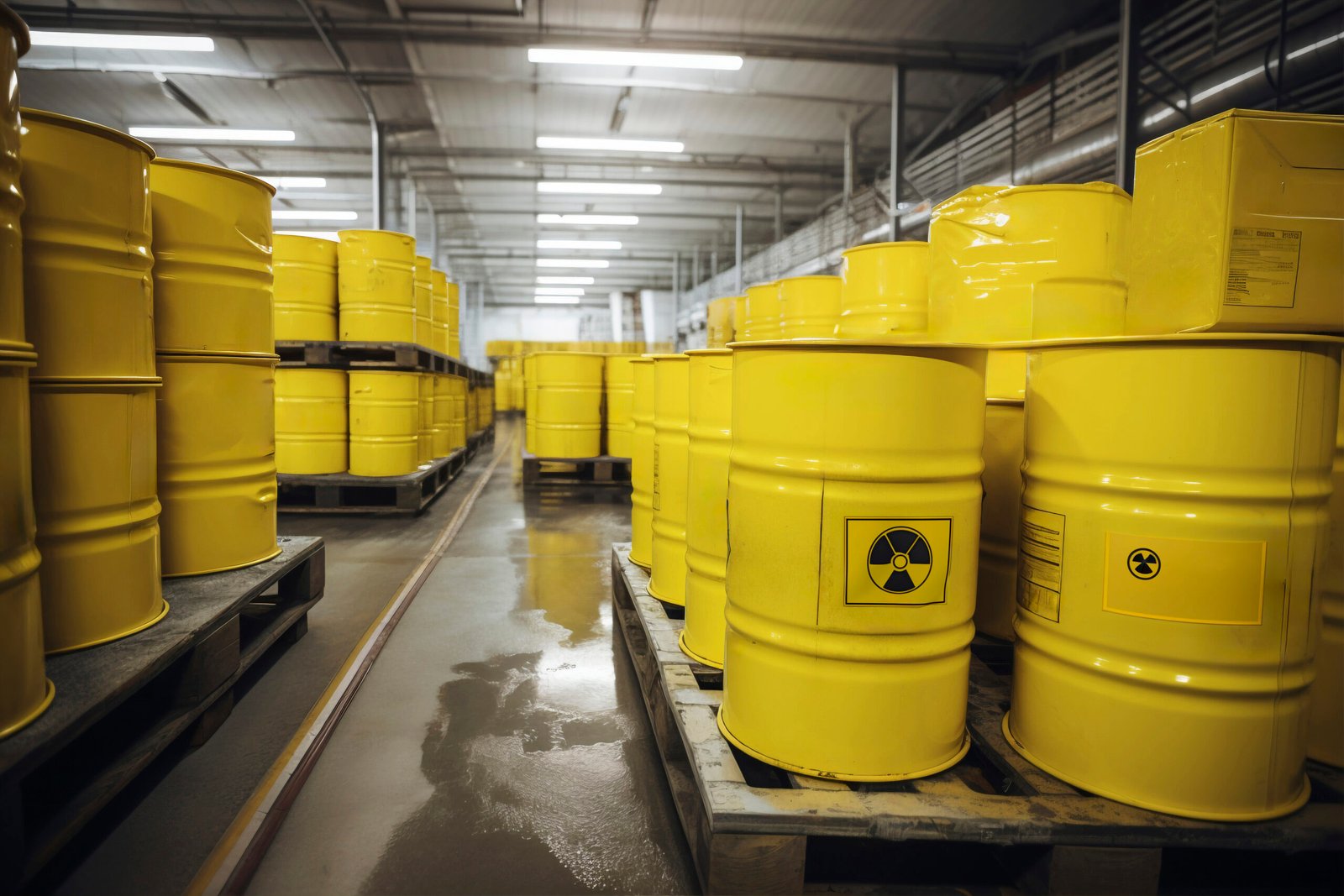

Ever heard the term “DG Cargo” in logistics and wondered what it actually means? You’re not alone! While it might sound technical, understanding DG Cargo is crucial for anyone involved in shipping, or even just curious about how goods move around the world safely.
So, let’s unpack this mystery together!
At its simplest, “DG Cargo” stands for Dangerous Goods Cargo. But before you imagine exploding barrels or toxic waste shipments (though some can be!), it’s important to know that “dangerous” in this context refers to any substance or material that poses a risk to health, safety, property, or the environment when transported.
This isn’t just about highly volatile chemicals. It can include surprisingly common items we use every day!
Think about it:
The “danger” comes from the potential for these items to cause harm during transportation, especially in confined spaces like an aircraft cargo hold, a ship’s container, or a truck. This is why strict regulations are in place.
To make things clear and universally understood, Dangerous Goods are categorized into nine main classes, each with specific sub-divisions. These classes help everyone involved – from manufacturers to freight forwarders to customs officials – quickly identify the type of hazard.
While we won’t list every single one here, some common examples include:
To make things clear and universally understood, Dangerous Goods are categorized into nine main classes, each with specific sub-divisions. These classes help everyone involved – from manufacturers to freight forwarders to customs officials – quickly identify the type of hazard.
While we won’t list every single one here, some common examples include:
Handling DG Cargo isn’t just about following rules; it’s about safety. Incorrect handling can lead to:
This is why specialized logistics partners, like Vintage Logistics, are so crucial. They have the expertise, training, and systems in place to ensure that every step of the DG Cargo journey – from proper classification and packaging to documentation and transportation – adheres to strict international and local regulations (like IATA for air, IMDG for sea).
For businesses, dealing with DG Cargo can seem daunting. But with the right partner, it doesn’t have to be a headache. Experts in DG logistics simplify the complex processes, offering:
In essence, DG Cargo is about safely moving items that have the potential to be risky during transport. Understanding its importance ensures that goods move smoothly, safely, and compliantly across borders, giving everyone involved peace of mind.